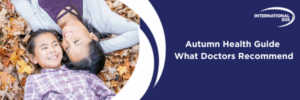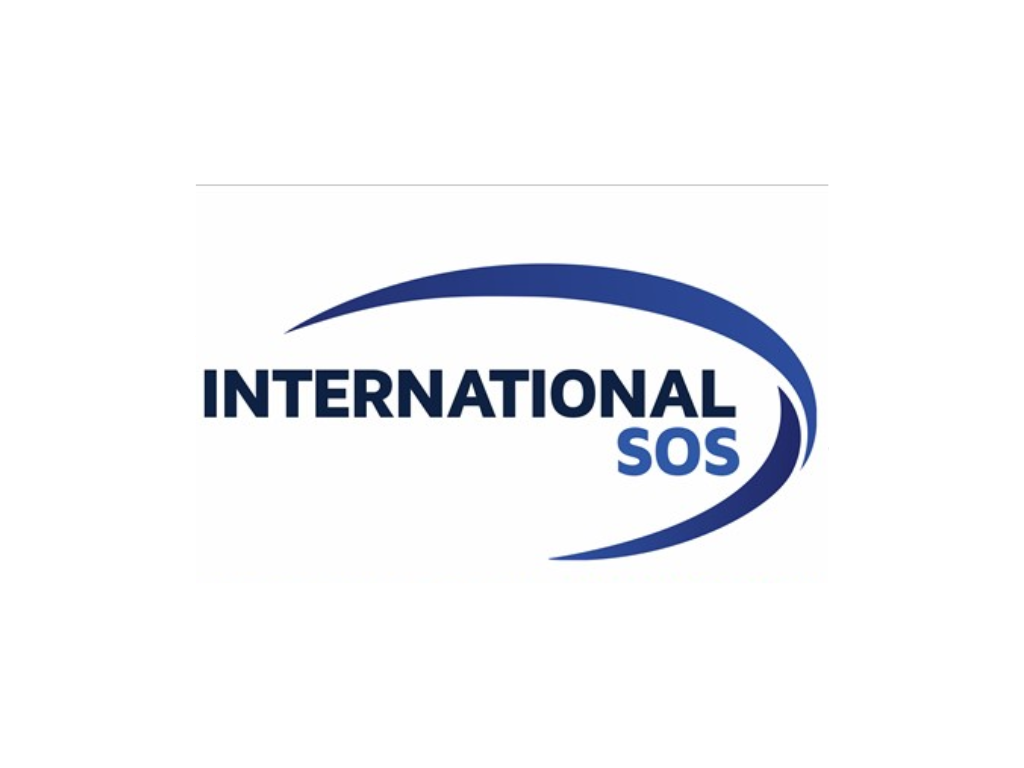
Autumn is a beautiful season: golden leaves, cozy sweaters, and cooler days after the summer heat. But with all its charm, this time of year also brings specific health challenges. Understanding them can help you prepare and stay well through the season.
Respiratory Infections
Lower temperatures and increased time spent indoors create favorable conditions for the spread of viral infections, including the common cold and influenza. Most colds are caused by viruses, transmitted either through airborne droplets or by contact—for example, touching a contaminated surface and then touching the eyes or mouth.
Preventive measures include frequent handwashing, regular ventilation of indoor spaces, maintaining physical distance from symptomatic individuals, and practicing respiratory hygiene. Unlike the common cold, influenza often has a more severe course and higher risk of complications. Annual influenza vaccination remains the most effective preventive intervention.
Asthma and Bronchitis
Cool, damp air often worsens breathing problems. People with asthma or chronic bronchitis may notice more frequent flare-ups. For many asthma patients, respiratory infections are a known trigger. In addition, autumn air can carry higher levels of mold spores and pollution, which further irritate the airways. Speaking of Kazakhstan, it’s worth mentioning that in some cities households are still heated by burning coal, that becomes a significant factor once cold season comes.
Key recommendations: patients should have rescue inhalers accessible, avoid smoke exposure, monitor air quality, and regularly check the validity of prescribed medications. Prompt management of exacerbations is essential, as uncontrolled asthma can be life-threatening.
Allergies
Spring isn’t the only allergy season. Ragweed and sagebrush pollen, mold from fallen leaves, and dust from heating systems can all trigger sneezing, itchy eyes, and congestion in autumn.
Preventive strategies include frequent home cleaning, use of air purifiers, and minimizing outdoor activity on days with high pollen counts.
Seasonal Affective Disorder (SAD)
Reduced daylight hours and lower sun exposure can negatively affect mental health, contributing to Seasonal Affective Disorder. This condition manifests through low mood, fatigue, and decreased motivation, and may be linked to altered melatonin production or vitamin D deficiency.
Evidence-based interventions include light therapy, regular physical activity, social engagement, and assessment of vitamin D levels. Supplementation should only be initiated after medical consultation, as excessive intake carries health risks. In severe cases, professional mental health support is required.
Insect Bites
End of summer and beginning of autumn is a season of wasps’ activity. They become more aggressive as their food sources run out. Sweet drinks, fruit, and even outdoor garbage attract them. For most people, a sting is painful but manageable—but for those with allergies, it can be dangerous. Keep food covered outdoors, wear shoes in the garden, and always carry an epinephrine auto-injector if you have a known allergy.
Slip and Fall Injuries
Wet leaves, rain, and the first frosts make sidewalks and stairs unexpectedly slippery. Falls are a common cause of injury during autumn, especially among older adults. Wearing shoes with good grip, keeping walkways clear, and paying extra attention when walking outdoors are simple but effective preventive measures.
Staying Healthy This Season
Autumn, while a season of beauty and change, requires heightened attention to personal health and safety. Awareness of seasonal risks, adherence to preventive strategies, and timely medical consultation when needed are the foundation of staying healthy.
At International SOS, our medical teams provide preventive care, health checks, and expert advice to help individuals and organizations stay prepared throughout the year. By taking proactive steps today, you can ensure that autumn remains a season to enjoy—not endure.
Our contact:
alamarketing@internationalsos.com




